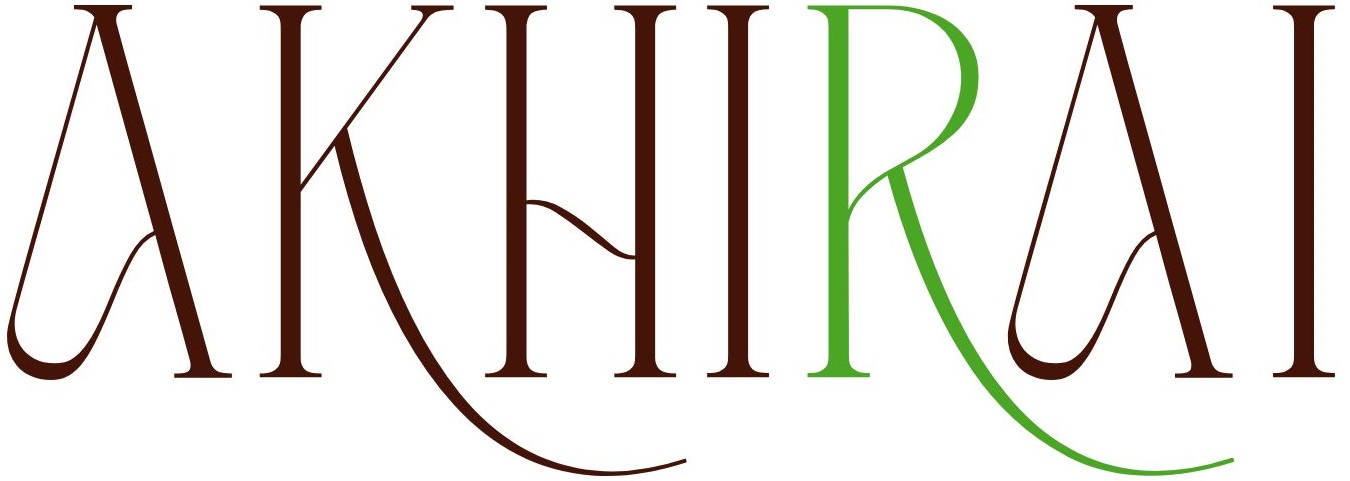
Here’s a structured list of important HTML topics with short explanations so you can quickly understand each one and know what to study next.
1. Introduction to HTML
- Definition: HTML (HyperText Markup Language) is the standard language for creating web pages.
- Purpose: Defines the structure and meaning of web content.
- Example:
<!DOCTYPE html>
<html>
<head>
<title>My Page</title>
</head>
<body>
<p>Hello, world!</p>
</body>
</html>
2. HTML Document Structure
<!DOCTYPE html>→ Defines HTML version (HTML5 here).<html>→ Root element containing all content.<head>→ Metadata, title, styles, scripts.<body>→ Visible content (text, images, etc.).
3. HTML Elements & Tags
- Tags tell the browser how to interpret content.
- Opening Tag:
<p> - Closing Tag:
</p> - Self-closing Tag:
<img />
4. Headings & Paragraphs
- Headings:
<h1>to<h6>(largest to smallest). - Paragraphs:
<p>for blocks of text.
5. Text Formatting
- Bold:
<b>(style),<strong>(important). - Italic:
<i>(style),<em>(emphasis). - Underline:
<u>(style). - Other:
<mark>(highlight),<small>(small text),<del>(deleted),<ins>(inserted).
6. Links (Hyperlinks)
- Syntax:
<a href="url">link text</a> - Target:
_blankfor new tab,_selffor same tab.
7. Images
- Tag:
<img src="image.jpg" alt="Description" /> - Attributes:
src→ image pathalt→ alternative text for accessibility
8. Lists
- Ordered list:
<ol><li>Item</li></ol> - Unordered list:
<ul><li>Item</li></ul> - Description list:
<dl><dt>Term</dt><dd>Definition</dd></dl>
9. Tables
- Structure:
<table>,<tr>,<th>,<td> - Example:
<table>
<tr><th>Name</th><th>Age</th></tr>
<tr><td>John</td><td>25</td></tr>
</table>
10. Forms
- Tag:
<form>to collect user input. - Inputs:
<input>,<textarea>,<select>,<button>. - Example:
<form>
<label>Name: <input type="text"></label>
<input type="submit" value="Send">
</form>
11. HTML Attributes
- Provide extra information about elements.
- Example:
<a href="https://example.com" title="Example site">Visit</a>
12. Semantic HTML
- Tags that describe meaning, not just style.
- Examples:
<header>,<footer>,<article>,<nav>,<section>,<main>.
13. Multimedia in HTML
- Audio:
<audio src="music.mp3" controls></audio> - Video:
<video src="movie.mp4" controls></video> - Embed:
<iframe>for YouTube, maps, etc.
14. HTML5 New Features
- Semantic tags (mentioned above).
- Form enhancements:
date,email,numberinput types. - Multimedia: native
<audio>and<video>. - Canvas & SVG: for graphics.
15. HTML Entities
- Special characters not typed directly.
- Example:
<for<,©for ©.
16. Block vs Inline Elements
- Block: Takes full width, starts new line (e.g.,
<div>,<p>,<section>). - Inline: Only takes needed width (e.g.,
<span>,<a>,<strong>).
17. Iframes
- Embeds another page inside the current page.
<iframe src="https://example.com"></iframe>
18. Meta Tags & SEO
- Inside
<head>, used for search engines & page info. - Example:
<meta name="description" content="My awesome site">
19. Responsive Design Basics
<meta name="viewport" content="width=device-width, initial-scale=1.0">for mobile scaling.- Combine HTML with CSS for responsiveness.
20. Best Practices
- Always close tags properly.
- Use semantic HTML for better SEO & accessibility.
- Validate your HTML with the W3C validator.






